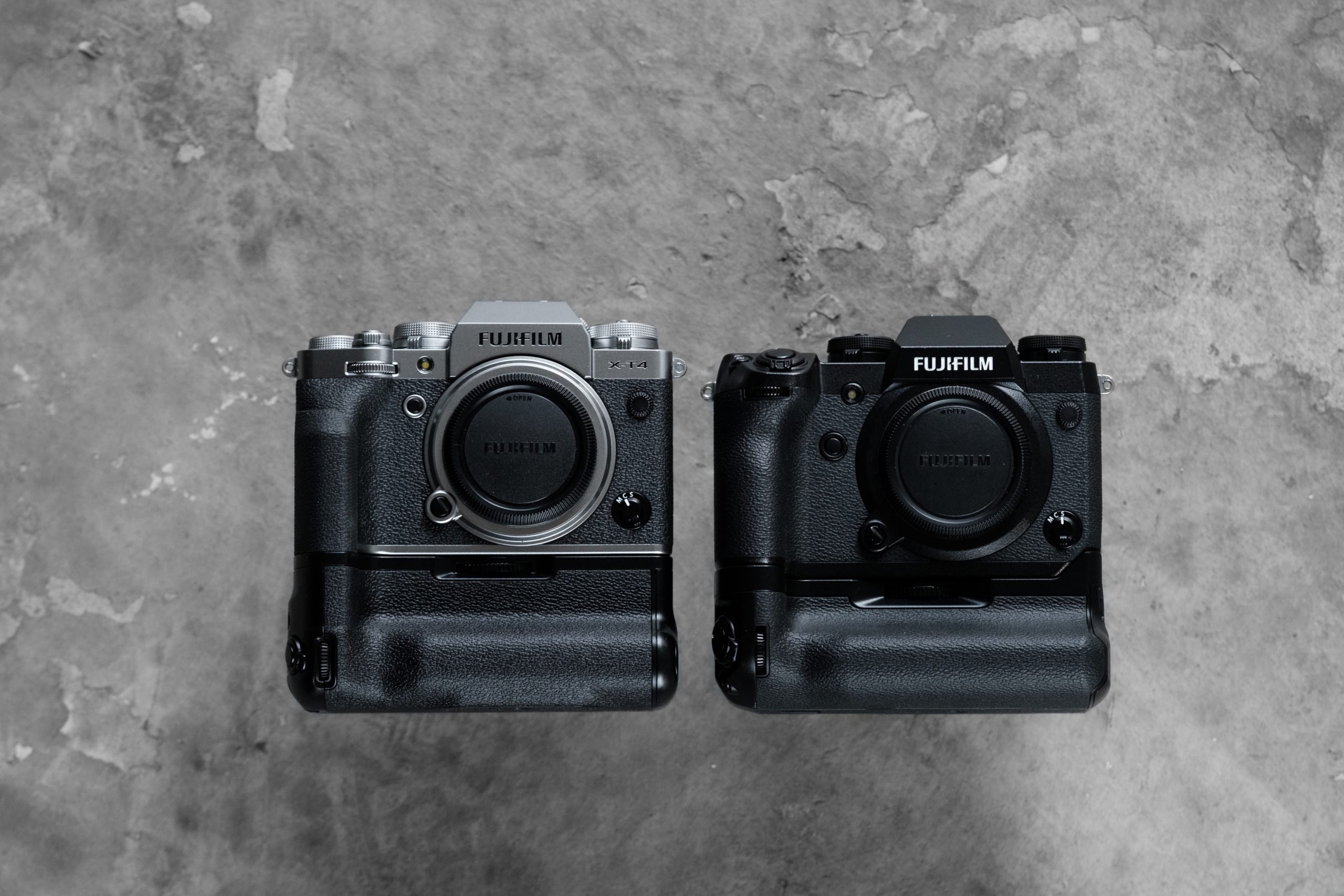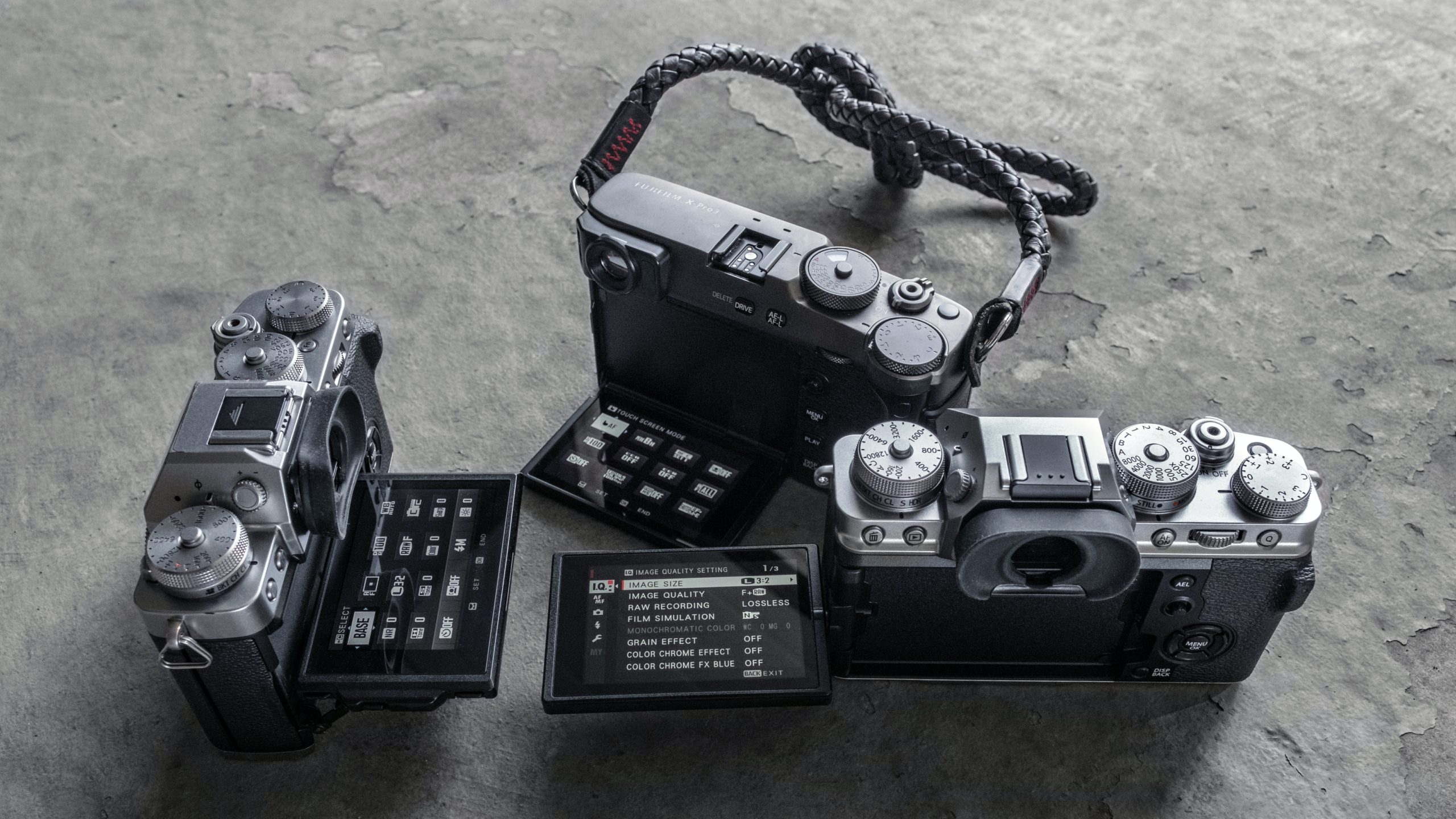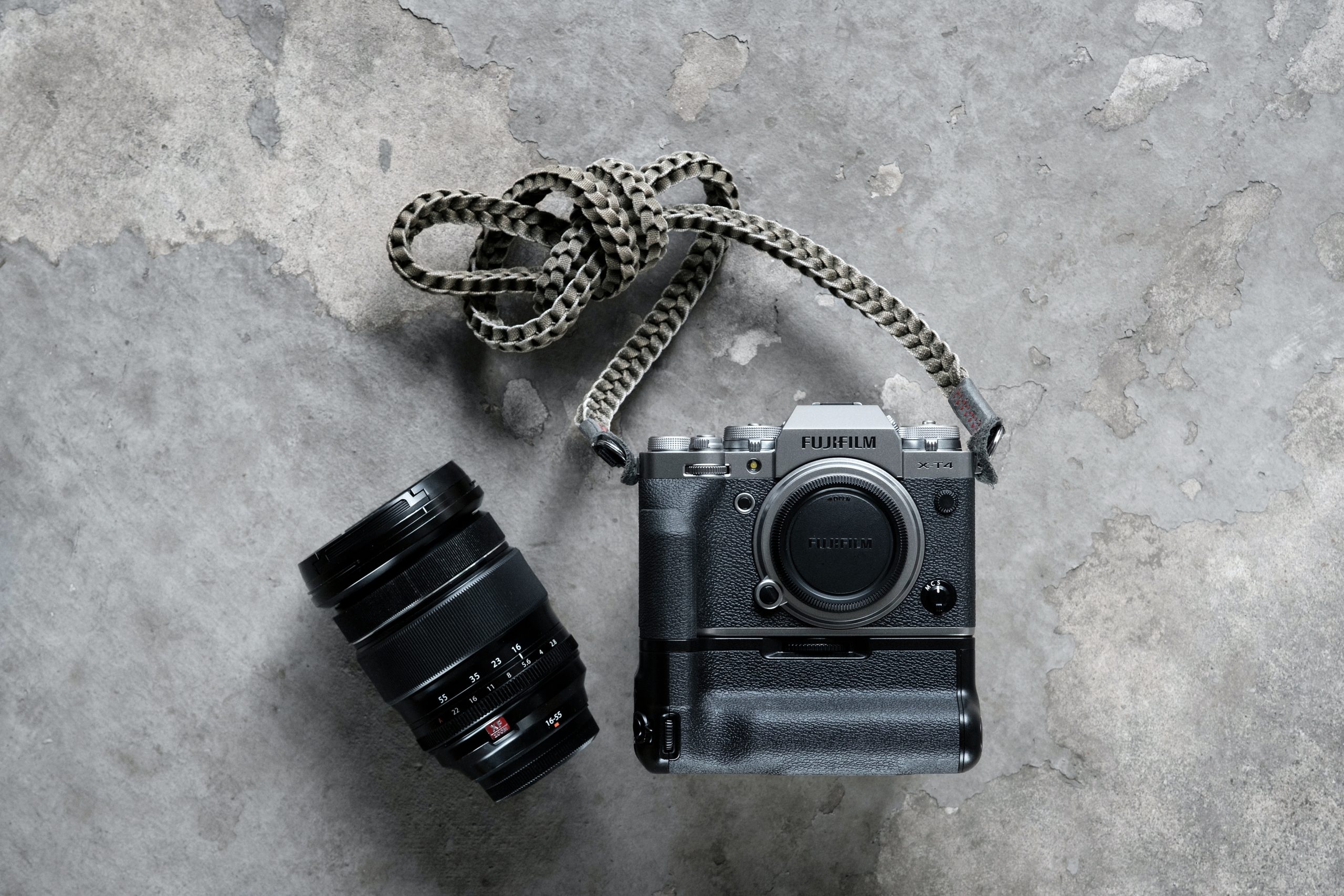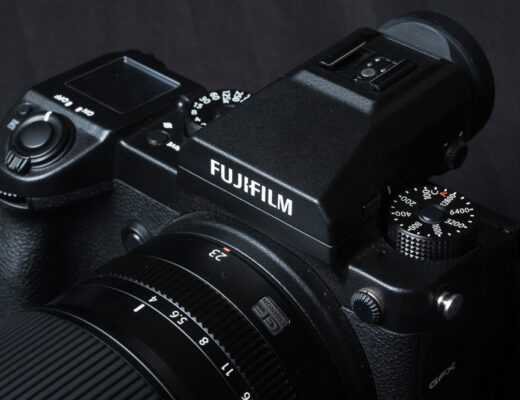Which camera would come first, the X-T4 or X-H2? This was the big question for 2020. At the beginning of 2018 the controversial X-H1 was launched with their new IBIS (In-Body Image Stabilization) technology; but Fujifilm decided to use the aging X-Trans III sensor and X Processor Pro (III) instead of waiting for the fourth generation combination that was still in development.
7 months later the mighty X-T3 was launched with the newest sensor and processor, but lacked IBIS. The reason? The IBIS mechanism was too large to fit inside the X-T series body, and Fujifilm engineers needed more time to make it smaller. In May of 2019, Fujifilm launched their most ambitious camera, the monster GFX 100. This 100MP medium format camera had both the IBIS mechanism as well as the latest X Processor 4… but where was the X Series equivalent?
After almost 2 years of waiting, would Fujifilm finally amalgamate these two major components into a flagship X Series camera? On February 4th, 2020 during the X-Summit London event, General Manager Toshi Iida finally announced the development of the new X-T4, featuring the (now aging) 26MP X-Trans CMOS 4 sensor + X Processor 4 and the updated IBIS mechanism. The wait is finally over, but is the X-T4 exactly what we were all waiting for? Let’s find out.
The combination of the 26MP BSI X-Trans CMOS 4 sensor + X Processor 4 (quad-core) and the IBIS mechanism is exactly what the X Series needed to be considered the best-in-class APS-C hybrid photo-video interchangeable lens camera. The X-H1 had IBIS, but the autofocus and processing power (especially video features) was lacking when considering the competition. The X-T3 was universally praised as one of the best hybrid stills-video cameras, regardless of the sensor size; but the one feature many videographers wanted was IBIS.
The X-T4 has finally merged these two cameras into a single unit, and has done so with very few compromises.
Let’s highlight the major upgrades on the X-T4 in comparison to the X-T3, X-H1 and X-Pro3:
- Redesigned 5-Axis IBIS Mechanism. 30% smaller, 20% lighter with new magnetic springs for up to 6.5 Stops
- New Focal Plane Shutter with 300,000 actuations, 30% more silent, reduced shutter shock, 15FPS Continuous High
- New Vari-Angle full articulating 3” 1.62 million dot touch control LCD
- New NP-W235 battery system (2200mAH) with 75% more capacity
- New Firmware with performance enhancements and new features
- Performance Improvements (0.02sec AF, 35msec release time lag, -6EV low light limit of PDAF)
- Enhanced controls: AWB priority, compressed RAW, precise Tone adjustment
- New 240FPS 1080P High Speed Recording
- New Algorithm for Wide Track AF with Face Lock and Tracking
- New Video-Stills switch and firmware update to separate video-stills menus, Q-menu, My Menu
- New Film Simulation Eterna Beach Bypass
In the hand the X-T4 is definitely bigger and heavier than the X-T3, but considering the extra features (IBIS, new shutter mech, articulating screen, new battery) 68g more weight is a very small price to pay. To make room for the new IBIS and shutter mechanism, the dual card slots are now stacked on top of each other instead of behind and slightly stacked, with a removable door. The one downgrade for me is the left side with all the inputs and outputs. The previous X-T3 had everything a videographer needed with a 3.5mm microphone and headphone jack, USB-C and micro-HDMI connections and a cleverly designed removable door. The new X-T4 now has two rubber doors, the top housing a 3.5mm microphone jack and 2.5mm remote input, and the lower door has the USB-C and micro-HDMI connections. I understand the redesign due to the new front articulating LCD screen, but why replace the headphone jack for a remote control input? You can use the included USB-C to 3.5mm adapter to plug in a headphone, or the optional battery grip now includes a 3.5mm headphone jack. You can also charge all 3 batteries (1 in the body, 2 in the optional battery grip) using the USB-C connection with battery age indicator in the menus. Fujifilm has decided to not include the mini hotshoe flash.
Although many will focus on the physical upgrades (IBIS, shutter, articulating screen, battery) on the new X-T4, the new firmware update in conjunction with the X-Processor 4 was the highlight for me. From a shooting experience, the new interface is better organized with the separation of the menus for stills and video, which includes separate main menu, My Menu, and Q-menu. I can now switch between stills and videos much quicker via the new sub-dial (replacing the previous photometry sub-dial), as well as find the features I need to adjust with less hunting and frustration. I also enjoyed the upgraded shooting options: compressed raw, MP4 video, wide tracking AF, video back-up to second card, AWB priority, enhanced Tone and Clarity control, in-camera RAW output to TIFF.
From a performance standpoint, the camera also feels faster, tighter and more capable than the X-T3, even though it still shares the same processor and sensor. My guess is that the X-processor 4 was overbuilt with untapped potential when the original X-T3 was first launched back in September of 2018. Comparing the X-T3 with the X-T4 feels like comparing the X-H1 with the X-T3. This means that many of the improvements to the firmware can be pushed to the X-T3 in a major firmware update. Features like focus limiter, HDR, 240FPS high speed recording, hot swappable card slots, enhanced stills and video features, new film simulations can all be upgraded in the X-T3. This is good news for current X-T3 owners. However, I don’t think Fujifilm is in a hurry to update the firmware in the X-T3, assuming it would affect X-T4 sales. I say go ahead and give the firmware update immediately. I can see both cameras selling equally well for different types of photographers-videographers, especially with the current $400 price difference.
One new feature that many of you might struggle with is the new articulating screen. Many vloggers and social media content creators (and others) were asking for a fully front facing articulating screen. The advantage is of course self-monitoring while shooting a video or stills without the need of someone else to help frame the image or video. I use to be one of those people since I do create Youtube content. However, I’m now use to vlogging without having to constantly look at myself (the tally light really helps to let me know I’m still recording), and I can use the smartphone app to take self portraits. If I really need to monitor myself, I’ll either use an external shoe mount monitor, or use a wireless monitoring system like the Hollyland Mars 400S.
The disadvantage of a fully articulating screen is when shooting from waist level. The screen has to flip out to the side of the camera before articulating upwards, making the camera footprint 50% wider. For a street photographer, this can be a problem. The X-Pro3 has the best articulating screen for waist level photography (the X70 was also very good) since the EVF eyecup does not block the view of the screen. Having a fully articulating screen is not so great for waist level photography, although it’s great for completely covering the LCD screen up against the back of the camera, as well as articulating forward for monitoring. I’m sure this screen will be the biggest controversy on the X-T4, especially for stills photographers who don’t need or want a front articulating screen.
Moreover, my first impressions of the new X-T4 is mostly positive. It is exactly what the original X-H1 should have been with the newer sensor and processor that eventually found its way into the X-T3 just 7 months later. Fujifilm has given multiple firmware updates to the X-H1, but it’s limited by the older X Processor Pro (III).
The new X Processor 4 is amazing. It works equally well on the X-T30 as it does on the very powerful GFX 100 with a 100MP medium format camera with IBIS. With each new camera that took advantage of the latest processor, Fujifilm engineers found new ways to enhance the performance as well as the user’s experience. The X-T3 is still considered one of the best hybrid mirrorless cameras on the market, almost 18 months after launch. That’s a testament to Fujifilm’s vision of the what their mirrorless camera can do.
The X-T4 is the realized iteration of Fujifim’s two year dream to create the ultimate APS-C hybrid video-still mirrorless camera. This is the most competent digital camera Fujifilm has made thus far, and perhaps the best mirrorless camera on the market today, regardless of sensor size or price. Yes, the X-T4 is that good. Look for my long term review, although I’m worried that I won’t be able to get my hands on a review copy again once I return this unit back to Fujifilm! My recommendation is to pre-order it, or you won’t see your copy until the end of the year. Thanks for reading and happy shooting.

























